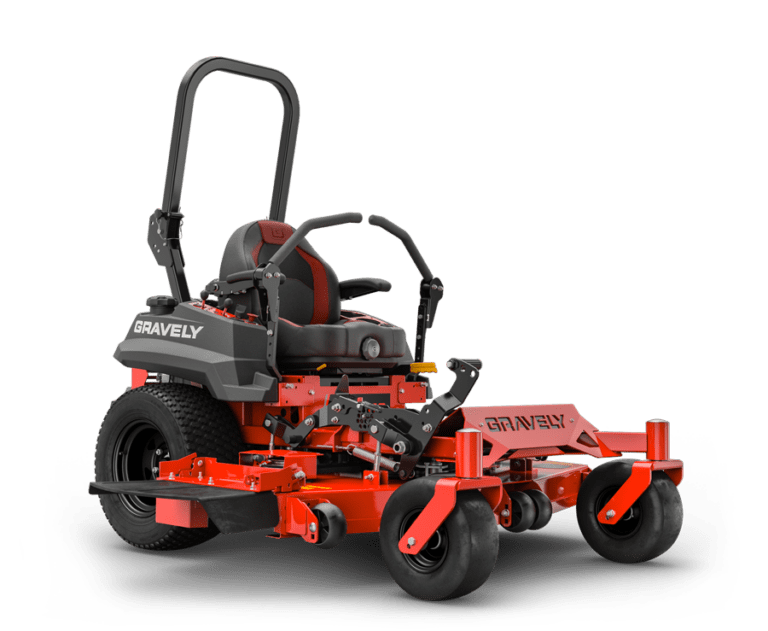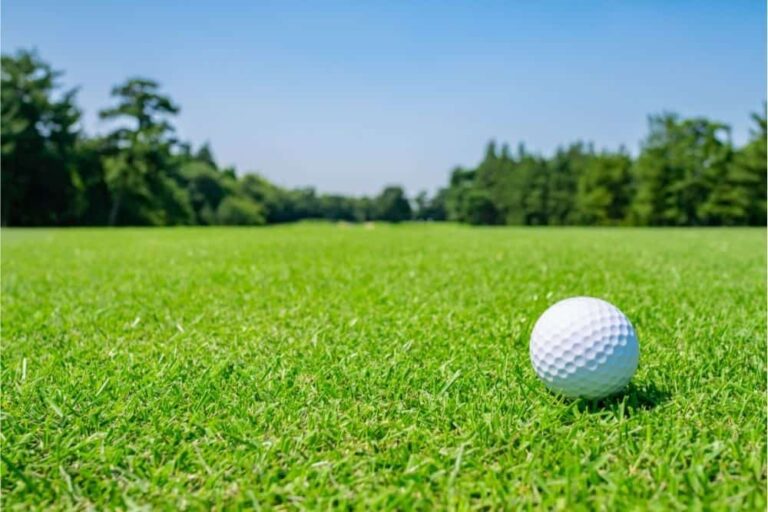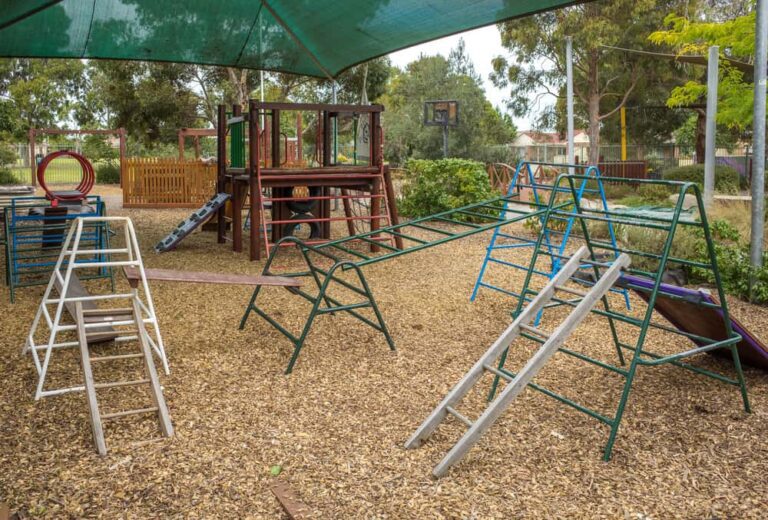Will Grass Seed Grow if Not Covered with Soil?
When growing grass from a seed, it can be a little bit more daunting than growing flowers in your flower bed or vegetables in your greenhouse, simply because of the amount of grass seed you have.
It’s true you don’t have time to individually place each seed carefully in the ground like you would with other plants, so why not just throw them on the ground and let nature take its course?
In a way, this would work, you’d get some seeds that will grow from this without any other steps, however, once you’ve waited a month or so and see that your ‘lawn’ has fully grown, it won’t be much of a lawn, more of a few groups of grass dotted all over your garden.
If you want to properly grow your grass seed from scratch you’re going to have to do a lot more than just throw it on top of the soil, it will be beneficial if you were to add a layer of topsoil, compost, or mulch to help germinate it and keep it moist.
If you already have a lawn and you just need to top up the grass seeds then the seeds will be more protected by the other grass around it, you just need to make sure that the ground isn’t too dry or the grass isn’t too sparse.
In this article, we will explore why it’s a bad idea to throw grass seed down and exactly what you need to do to properly grow grass seed from scratch.
Why Shouldn’t Seeds Be Exposed To The Elements?
There are many reasons why seeds shouldn’t be exposed and why they need to be covered, the main one, however, is that they need to germinate properly. Germination is when a seed is sprouting, this can usually take from a few days to a few weeks to occur.
If you want your grass seeds to germinate properly then you will need to fill in a few parameters, the two most important ones are that your seeds need the right temperature and the right amount of moisture.
If they are simply placed on top of the ground then they will likely not have enough moisture as not only do they have the sun beating down on them, they are only getting moisture from one side.
If you cover your seeds with a good layer of topsoil or compost, then they are getting a good amount of moisture from all sides of the seed. The seed also has to be warm in order to germinate, covering the seed with a separate layer will also keep the seed warm.
Developing Healthy Roots
When you throw your seeds onto the ground, some may germinate by themselves, however, it is unlikely that these seeds will be able to develop healthy root systems.
If grass doesn’t have a healthy root system it can be susceptible to easy damage, being pulled out by strong winds and even when you mow your grass.
If a root system is too shallow in the ground, the grass won’t be able to reach the necessary moisture and nutrients that are deep in the soil that the grass needs to survive and thrive.
This will cause your grass to not only be weaker than it would be with properly developed roots, but it could also die from lack of moisture.
Feeding The Birds
If you just throw your grass seeds to the ground instead of properly planting them under a layer of topsoil or compost, nature will love it.
Bird food is a lot cheaper than grass seed, and although birds are smart, and whatever you do, a good portion of your grass seed is going to be eaten by local birds anyway, you can reduce this by covering them up when you plant them.
Rainfall And Runoff
If a grass seed isn’t properly covered with a sufficient layer of soil, heavy rainfall will completely wash your seed away.
It can take up to four weeks for the grass seeds to germinate, when they are in this development stage, they do not have the roots that could hold them in the soil when there is rain.
Without the added protection, the rain will simply wash them away, drowning them or taking them to a different plot on your property. If the seeds aren’t lost they could still be able to germinate, however, they will likely have to start the process all over again.
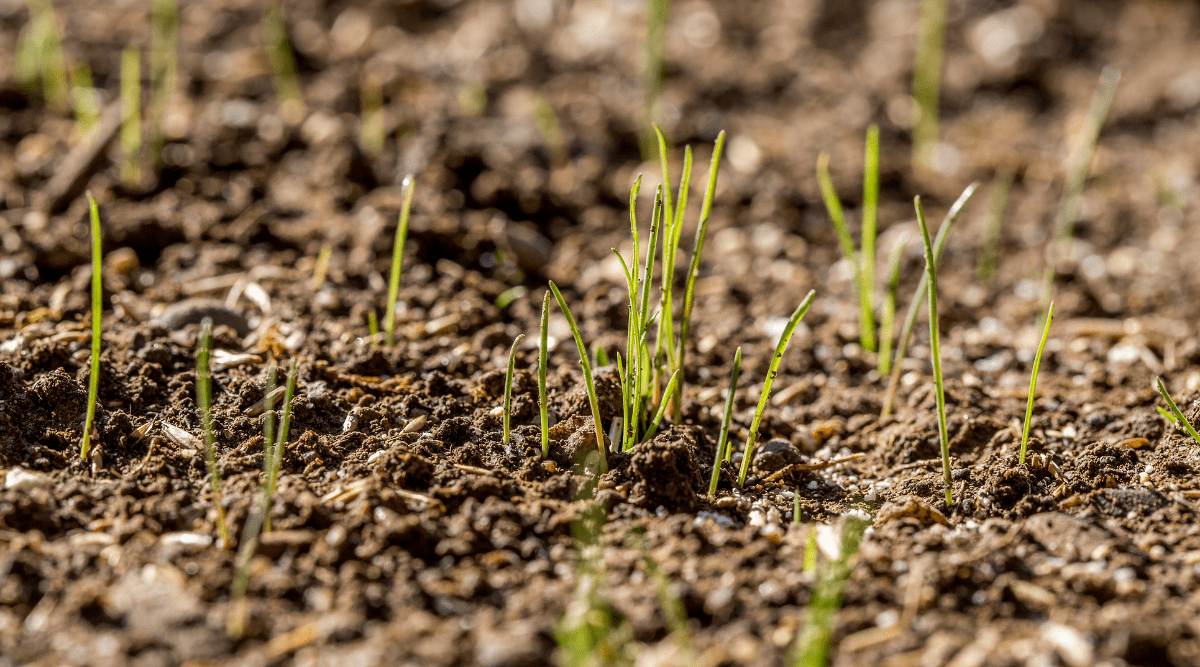
Preparing A New Lawn For Grass Seed
If you want your lawn to be green and lush, then you can’t just throw your seed to the birds and the elements.
In fact, a lot more goes into having a fantastic lawn than just planting the seeds also. You’ll need to prepare your lawn for your grass seed if you want the grass seeds to grow efficiently and develop strong roots.
Know Your Soil
The first thing you need to do is know exactly what type of soil you have, either take a sample of the soil to a local garden store or buy a soil test kit from any reputable garden store or even amazon.
The first thing you need to know is what the pH of your soil is. Acidic soil can be very difficult to grow grass seeds, the ideal pH level for your soil to be would be between 6.2 and 7.0. If your soil is too acidic you can buy lime from any good garden store and apply it to your soil.
Knowing exactly what soil you have can also help you to know the type of fertilizer that you need for your soil. Different soils need different fertilizers and knowing this before you start your lawn care journey could save you a lot of money when trying out new fertilizers.
You’ll need to fertilize your lawn about four times each year to ensure that your grass is getting the right amount of nutrients. Knowing exactly how nutritious your soil is to start with could help you know the amount of fertilizer needed as well as the type.
Aeration
All soil will benefit from aeration before you plant your seed. You can buy or rent a core aerator from any garden store, and they will help to loosen your soil allowing a better seed to soil contact.
Your soil could be very compact, this will be the case if you have a lot of foot traffic on your soil, the usual suspects when looking at foot traffic on soil are young kids and pets playing out on the lawn.
Your soil could also be compact depending on the type of soil it is. Yards with heavy, clay-based soil will likely be quite compact and a difficult environment for seeds to develop roots in.
These compact soil problems can be solved with aeration and help your seeds develop strong roots.
Having aerated and loose soil will give the roots somewhere to easily grow beneath the soil and will be able to reach nutrients and moisture that it would otherwise be unable to get to.
If you have a small garden or are replanting a small patch of lawn, you will not need to rent a core aerator as mentioned before, taking an iron rake and loosening the top of your soil will be good enough to house new grass seeds.
Covering Your Grass Seeds
Now that you have properly prepared your soil it is time to lay down your grass seed, hopefully, by now you have decided that you are going to cover them up with another layer to ensure protection from the elements, better root development, and proper growth.
However, there are a few different mulch options to cover your grass seeds with, each of these different options has its advantages and disadvantages in relation to each other but it is important to keep in mind that anything is better than nothing.
When covering your grass seeds, even a quarter of an inch of mulch or topsoil will be enough to protect your grass seeds. You won’t want to put too much soil on top of your grass seeds otherwise they may struggle in permeating through the ground.
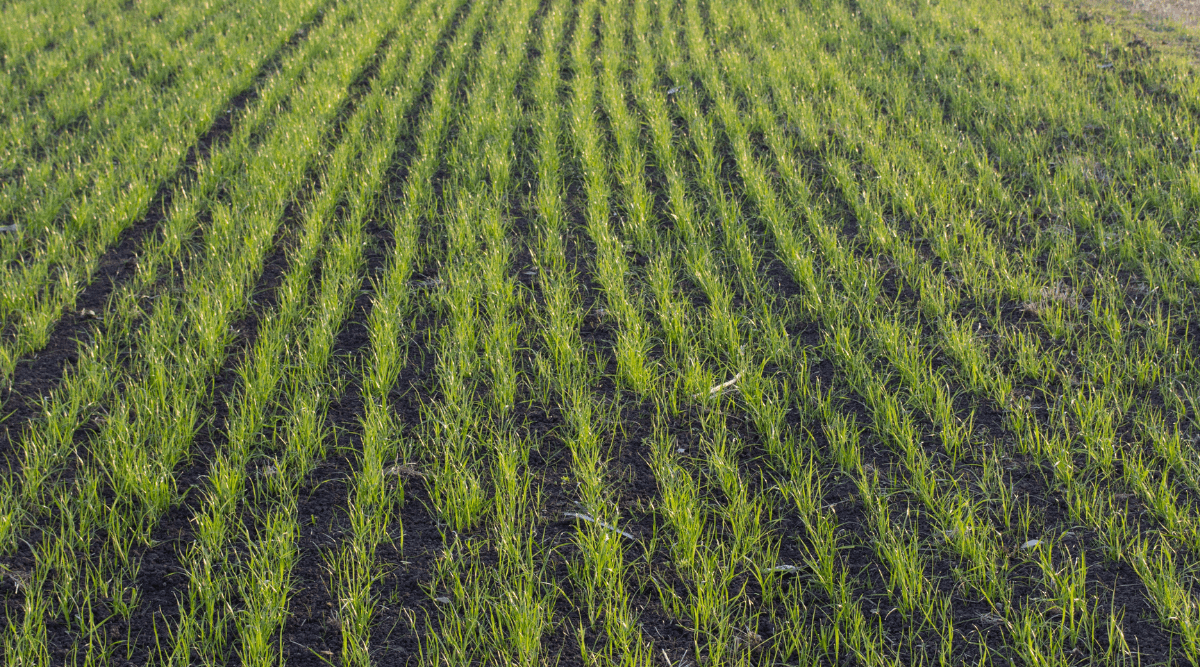
Topsoil Or Compost
Spreading a layer of compost or topsoil is definitely the easiest and simplest way to cover up loose grass seeds.
Both products are available from any garden store for small jobs and bags, if you have a larger garden and need a lot of topsoil or compost to cover it then you should contact your local seed nursery to have a bulk delivery.
Compost is a very popular layer to have on top of your seeds as it is fantastic at retaining any moisture that it has, it also improves the soil beneath it while fertilizing the seeds as they start to germinate.
Topsoil and compost are relatively easy to spread over grass seed also. For smaller areas, you can invest or rent a rolling compost spreader, which you can fill with compost and then roll across your lawn for a neat and even spreading of the compost.
You can also just use a large snow shovel and a rake. Take a big scoop of compost with your snow shovel and shuffle it onto the lawn by shaking the snow shovel over it. Then use your rake to spread it gently over each seed ensuring that it is even and covering all of the seeds.
Straw Mulch
Spreading a very thin layer of straw over your seed as a top layer can be a popular and very inexpensive way to protect your grass seed. Because straw won’t house as many nutrients as topsoil or compost, it is important to prepare the soil before using a straw mulch.
Loosen the top layer of the soil to prepare your seeding site, fertilize this top layer using your starter seed fertilizer and then work the seeds into the soil slightly with the back of a rake or a shovel.
After this you need to add a very thin layer of straw, it should be barely there, only there to protect the seeds from the elements.
The straw needs to be loose so the air can circulate around it and light can reach the seeds as they start to germinate, if the straw is too thick it could also stop the seedlings from properly germinating and reaching the light they need.
Some straws will have seeds in them and it could be useful to try and get straw that doesn’t have seeds in them. The seeds will not harm your grass but could grow into weeds that will have to be removed before the first mow.
When your grass is established enough and the roots have properly developed, the leftover straw can easily be raked up.
Grass Seed Mulch
You can purchase mulch that is specifically designed for grass seeds and this is a very popular mulch especially when reseeding a lawn.
This mulch will be light enough to smother the grass seedlings and after time will break down and blend into your lawn helping your seeds get nutrients and moisture.
It is important that if you are using mulch to not use normal bark-based mulch as this could be too heavy for grass seeds and make it difficult for the grass to permeate through the top layer.
A big benefit of mulch over a straw top layer is that you will not have to rake the mulch up afterward, it will just add to your lawn.
Grass Clippings
Grass clipping can combine the inexpensiveness of straw with the ease of mulch. Grass clippings are a perfect top layer as they can be very easily obtained, especially if you are reseeding a certain area of lawn or if you already have an established lawn somewhere on your property.
Even if this isn’t the case, I’m sure your neighbors will love for you to take their grass clippings away from them.
When you have your own grass clippings it is important that you let them dry before you use them as a top layer, spread them lightly across the lawn with your new grass seed, and make sure that they aren’t on the lawn too thick as they could block access to light for germinating seedlings.
The great thing about grass clippings is that they will break down and become part of the soil given time, so there is no need to rake them up after the seeds have established themselves in the lawn.
Final Thoughts
If you have thrown your grass seeds onto the ground with no top layer then they could grow, however, it will be very unlikely. If you want a successful, green, and lush lawn using grass seeds then there are a number of steps you need to go through.
You need to adequately prepare the lawn to ensure that your grass seeds are getting the right nutrients and moisture, as well as making sure that they have somewhere for their roots to develop.
Adding a top layer of soil doesn’t even have to be expensive either, and can be very easy if you have another lawn somewhere on your property and access to grass clippings.

